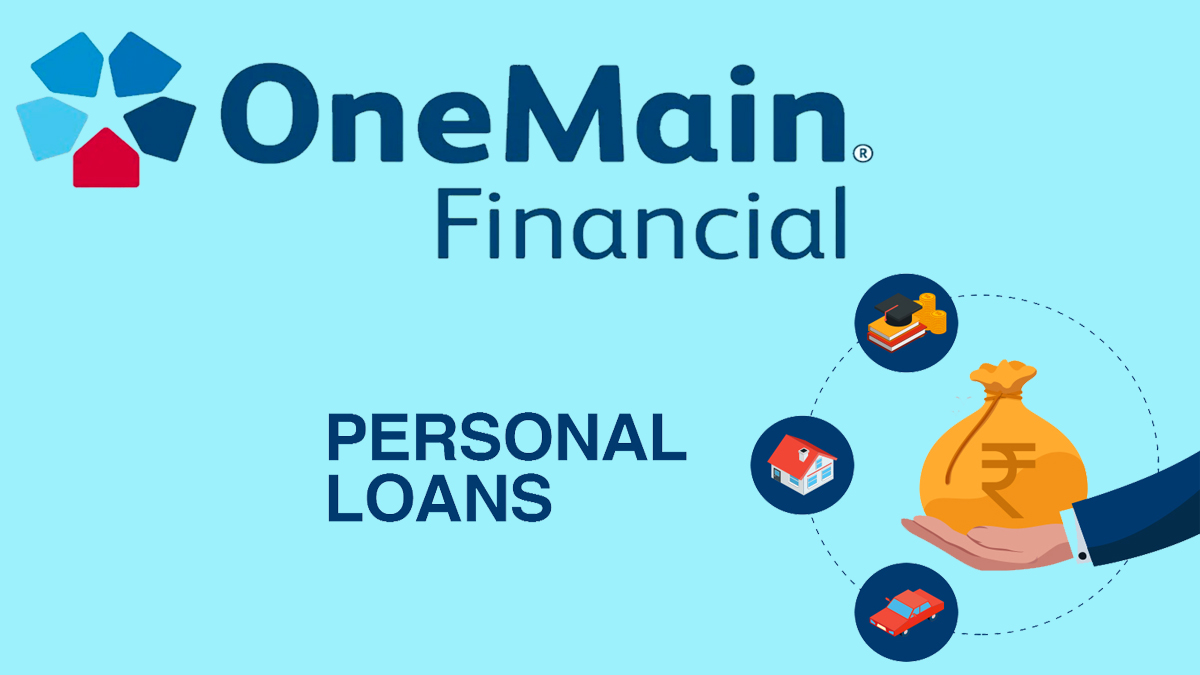A permanent Loan, often encountered in domains like fine art and real estate, entails financial agreements with extended durations compared to conventional loans.

In the art sphere, this involves lending artwork to galleries or museums for an extended period without financial compensation, facilitating exhibitions and cultural exchange.
Similarly, in real estate, permanent loans are long-term mortgage agreements typically used for completed projects, offering stability and predictability in financing over periods ranging from 5 to 30 years.
Despite the term “permanent,” these loans have defined terms, setting them apart from truly perpetual financial instruments. Want to know more? Stick with us until the end of this article to be enlightened.
How Does A Permanent Loan Work?
A permanent loan operates as a long-term financing solution, commonly used in various industries like fine art and real estate.
In the fine art sector, it involves extended lending of artwork without immediate financial compensation, often lasting between 5 and 30 years.
Unlike traditional loans, permanent loans in art do not typically involve interest payments but may include conditions like loan duration and public acknowledgment of the donor.
On the other hand, in real estate, permanent loans refer to long-term mortgage financing secured by developers’ post-project completion, replacing initial construction financing.
These loans usually have repayment terms spanning 15 to 30 years and are crucial for sustaining real estate projects over extended periods.
Types Of Commercial Real Estate Loans
Permanent Loan
A permanent loan is a conventional product offering long-term commercial real estate financing, typically ranging from 15 to 30 years with near-prime to prime interest rates. It is an important component for investors seeking stable financing options for commercial properties.
Construction Loan
Construction loans are short-term loans used to finance the construction of a property. They are temporary financing solutions that cover the costs of building a project until it is completed and can be refinanced with a permanent loan. These loans are essential for developers to fund the construction phase of a real estate project.
Bridge Loan
Bridge loans are temporary financing options that provide immediate cash flow to borrowers while they secure long-term financing.
Offered by private lenders, bridge loans have high interest rates, ranging from 10 to 20 percent, and short terms of 1 to 5 years.
They serve as a quick solution for borrowers awaiting approval for permanent financing.
Permanent Financing vs. Short-Term Financing
Short-Term Financing
Short-term financing is typically utilized for immediate needs and operational expenses, with maturities ranging from weeks to a few years.
It is often simpler to secure and repay quickly, making it suitable for covering short-term requirements like materials purchases, inventory management, and cash flow fluctuations.
Short-term loans are generally less expensive but carry higher monthly payments due to the shorter repayment period.
These loans are commonly used by businesses to address working capital needs and short-term projects that do not require long-term financial commitments.
Permanent Financing
In contrast, permanent financing involves longer-term loans that extend beyond two years, providing stability and predictability for businesses.
Permanent loans are ideal for significant investments like equipment purchases, real estate acquisitions, and other assets with long useful lives.
While they may have slightly higher interest rates than short-term loans, permanent financing offers lower monthly payments spread over an extended period of time.
The longer repayment term allows businesses to align the loan duration with the life of the asset being financed, ensuring a more sustainable financial structure over time.
Pros And Cons Of A Permanent Loan
Pros
Stability and Predictability
Permanent loans offer stability with fixed interest rates and predictable monthly payments over an extended period, typically ranging from 15 to 30 years.
This stability can help businesses plan their finances effectively and manage long-term investments.
Long-Term Financing
These loans are ideal for significant investments like real estate acquisitions or equipment purchases with long useful lives.
They provide businesses with the necessary capital for large projects that require extended financing.
Low Monthly Payments
Permanent loans spread the repayment of the loan amount over a longer period, resulting in lower monthly payments compared to short-term financing options.
This can ease the financial burden on businesses and improve cash flow management.
Cons
Approval Process
Obtaining a permanent loan can be more challenging than securing short-term financing. This is because of a stricter qualification criteria and longer approval processes.
Businesses may face more stringent requirements to qualify for these long-term loans.
Higher Interest Rates
Permanent loans may have slightly higher interest rates compared to short-term financing options, leading to increased overall borrowing costs over the life of the loan.
Businesses need to consider the impact of these higher rates on their financial planning.
Long-Term Commitment
Opting for a permanent loan means committing to a long repayment term, which may limit flexibility in adjusting financial strategies or taking advantage of changing market conditions.
Businesses should carefully assess their long-term financial needs before committing to such loans.
Frequently Asked Questions
How Long Is A Permanent Loan?
A permanent loan typically has a term of at least 10 years. Although the exact duration can vary depending on the lender and the specific terms of the loan,.
In real estate, permanent loans often have repayment periods ranging from 15 to 30 years. Providing long-term financing solutions for borrowers.
What Is Permanent Debt?
Permanent debt refers to long-term financing that is not intended to be repaid within a short period of time. It is commonly used in the context of real estate and commercial projects. There borrowers secure permanent loans to replace short-term interim financing like construction loans or bridge loans.
Permanent debt is amortized over an extended period, exceeding 10 years. It is often used to finance the purchase of real estate. Also, it is used to pay off short-term loans secured by real estate.
What Is A Loan Commitment?
A loan commitment is a formal agreement between a lender and a borrower outlining the terms and conditions of a loan that will be provided in the future.
It represents a promise from the lender to extend credit to the borrower under specific terms. These include: the loan amount, interest rate, repayment schedule, and any other relevant conditions.
Loan commitments provide borrowers with assurance regarding the availability of financing for their projects or purchases. This allows them to plan accordingly.
What Is A Loan Source Of Financing?
A loan source of financing refers to the origin of funds used to provide a loan. This can include traditional financial institutions like banks, credit unions, or life insurance companies. They offer loans for various purposes, such as real estate acquisitions, construction projects, or business expansions.
Understanding the source of financing is essential for borrowers to assess the terms, interest rates, and repayment conditions associated with different types of loans.



